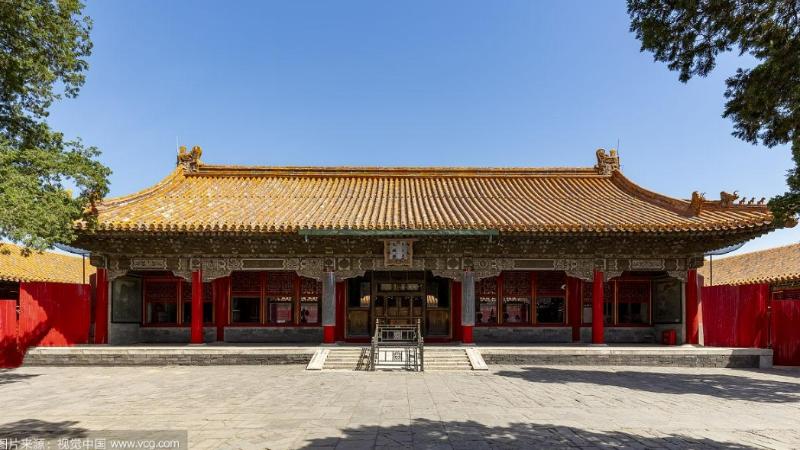The Forbidden City: An Architectural Marvel Not Built on Yuan Dynasty Foundations
The Forbidden City, a UNESCO World Heritage site and a testament to Chinese architectural prowess, stands as a majestic symbol of imperial China. While it rests on the land once occupied by the Yuan Dynasty palace, the Forbidden City's existence is not a story of renovation but of complete reconstruction.

A Ming Dynasty Vision
The genesis of the Forbidden City can be traced back to 1406. Zhu Di, the ambitious Yongle Emperor of the Ming Dynasty, commanded its construction south of the former Yuan capital's palace. His vision: a new imperial complex that would solidify the Ming Dynasty's authority and outshine its predecessors in grandeur.
Contrary to popular belief, the Forbidden City was not simply a facelift of the existing Yuan structures. Instead, the Ming Dynasty architects, with their distinct vision, chose to raze the existing palace to the ground. This clean slate allowed them to build a complex that reflected the principles of Feng Shui and adhered to the Confucian ideals of order and hierarchy that the Ming Dynasty wished to embody.
The Mystery of the Architect
While the Yongle Emperor’s ambition fueled the construction, the architectural genius behind the Forbidden City’s design is attributed to a less-celebrated figure – an anonymous monk from the Tanzhe Temple. This skilled individual, whose name is lost to history, is believed to have overseen the design and construction of the vast complex.
The monk’s vision gave birth to a marvel of meticulous planning and precise execution. The Forbidden City’s layout, with its courtyards, gates, and halls, embodies the cosmic order central to Chinese philosophy. Each element, from the placement of buildings to the selection of colors, was imbued with symbolic meaning.
A Legacy of Imperial Might
The construction of the Forbidden City was a monumental undertaking, requiring over two decades and the labor of countless artisans and laborers. Materials were sourced from every corner of the empire – giant logs from the southwestern provinces, exquisite marbles from quarries near Beijing, and golden roof tiles fired in imperial kilns.
The completion of the Forbidden City marked the beginning of its reign as the heart of Chinese imperial power for nearly five centuries. It housed emperors from the Ming to the Qing dynasties, witnessing countless historical events within its imposing walls.
Today, the Forbidden City stands not only as a reminder of China’s imperial past but also as a testament to the architectural genius of its creators – both emperor and the anonymous monk from the Tanzhe Temple. Their vision, born out of ambition and artistry, continues to captivate and inspire visitors from around the globe.
Q&A
1. Was the Forbidden City built on the foundation of the Yuan Dynasty palace?
No, the Forbidden City was not built upon the foundations of the Yuan Dynasty palace. The Ming Dynasty opted for a complete reconstruction, demolishing the former structures and building anew.
2. Who designed the Forbidden City?
The design of the Forbidden City is attributed to an unnamed monk from the Tanzhe Temple. His identity remains a mystery, despite his crucial role in shaping one of the world’s most iconic architectural marvels.
3. Why did the Ming Dynasty build the Forbidden City?
The Yongle Emperor commissioned the Forbidden City's construction to solidify the Ming Dynasty's authority, showcase its power, and create a new imperial center that surpassed the grandeur of its predecessors.